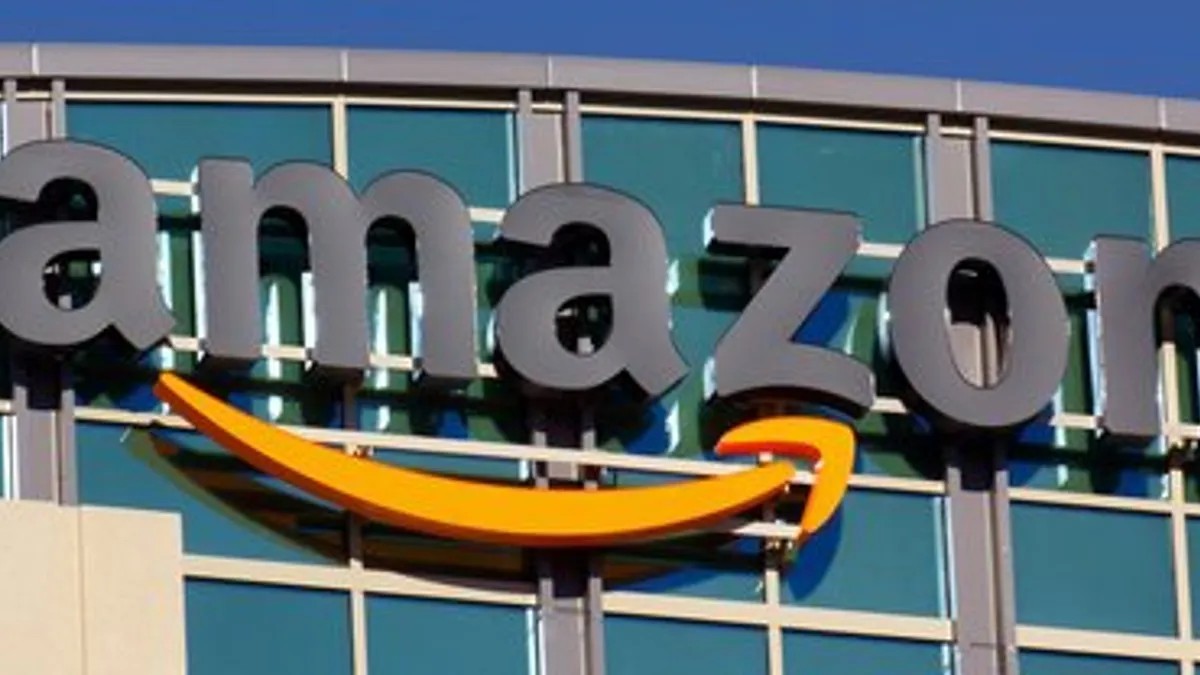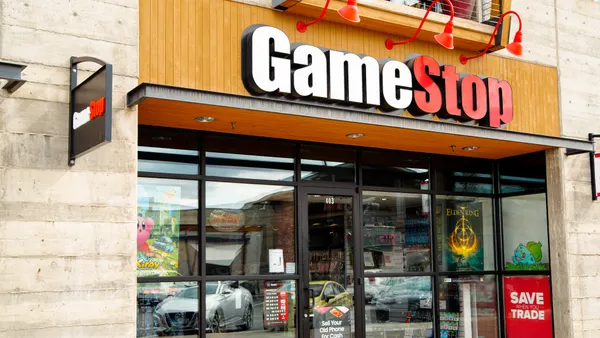Dive Brief:
- Amazon is poised to introduce small brick-and-mortar convenience stores targeted exclusively to members of its Fresh food subscription service, The Wall Street Journal reports.
- Citing sources familiar with Amazon’s plans, the report states that the stores (known internally as “Project Como”) will offer produce, milk, meats and other perishable items for immediate purchase. Shoppers may also order peanut butter, cereal and other merchandise with longer shelf lives for same-day Fresh delivery, using either their own mobile devices or possibly in-store touchscreens.
- Amazon (which declined to comment on the Journal report) will support the new stores with curbside pickup services and is developing license plate-reading technology intended to reduce customer wait times, sources added.
Dive Insight:
E-commerce kingpin Amazon first expanded into brick-and-mortar retail with a physical bookstore in its native Seattle, with additional sites planned for San Diego, Portland, New York City and Chicago. Amazon also is plotting the so-called “Project X,” which appears to be a series of brick-and-mortar drive-up grocery stores — one in Seattle and two in the Bay Area. Permit filings demonstrate plans to renovate a former restaurant in Seattle’s Ballard neighborhood into a 9,759-square-foot store designed to serve as a pickup space for groceries ordered online.
It’s unclear precisely how the Project Como plans uncovered by The Wall Street Journal complement or expand on Project X, but it’s obvious that Amazon is fully committed to its physical retail ambitions. Those ambitions also reportedly include dozens of pop-up stores entering malls across the U.S., offering consumers the opportunity to interact directly with the company’s growing range of connected devices.
Many observers remain puzzled by Amazon’s grocery plans, however. Its existing grocery efforts pale in comparison to the rest of its assortment — according to Forbes, Amazon accounts for less than 1% of total U.S. grocery sales. But a recent survey from financial services firm Cowen & Co. found that 18% more people shopped for groceries and other consumable goods on Amazon in the first quarter of 2016 than did in the year-ago period.
In June, Amazon also launched its own private-label food assortment, and just last week, the company eliminated Fresh’s $299 annual price in favor of a $15 monthly fee for members of its $99 Prime product delivery service.
Moving into the convenience store segment pits Amazon directly against chains like 7-Eleven as well as a host of discount retailers and dollar stores, not to mention the granddaddy of brick-and-mortar retail, Wal-Mart, which is piloting same-day delivery initiatives in partnership with startups Uber, Lyft and Deliv and is also expanding its own curbside delivery initiatives.
Despite Amazon's prowess, grocery remains a notoriously complex business. Just ask Target, which is assembling dedicated grocery teams ranging from 10 to 60 employees per store in an attempt to stay ahead of spoilage. Reports suggest that Target customers simply aren’t making enough trips to stores to purchase perishable goods, translating to perishables losses higher than the industry average.
The grocery opportunity simply may be too lucrative for Amazon to pass up. Citing Food Marketing Institute data, the Journal notes that U.S. households spend an average of roughly $5,500 on groceries each year, more than double what Amazon Prime members spend annually with Amazon and about 10 times what non-Prime members spend.













